can be easily moved
could hide under your mattress
could probably survive a natural or personal disaster
could survive a flood
could get pushed in the pool
could be stacked
could be rolled
could be painted over
could be recycled
could be run over by a car
could float
can be made in a small house with four roommates and no studio
could lose in the couch cushions
could slip through your fingers
could close
could open
might snag
could staple to a lamppost
can be easily replicated
could be drawings.
might have been dead for 25 years.
may have potential
may have never lived up to their potential
might fear the inevitable
can be touched all over
can never really feel
can be made in bed
might make you think about your parents
could be disconnected from all human interaction
can embrace the form
may reject the form
can whisper secrets or fart into
can come pre-wrapped and so make perfect gifts
can be re-gifted quite easily
won’t get dusty
can be sold for thousands for dollars
can hold your belongings
can transport a sandwich.
can be a snack
can’t hear you behind these walls
Indelible Discards at Xpace Cultural Centre
Curated by Bunker 2
Documentation by Polina Teif
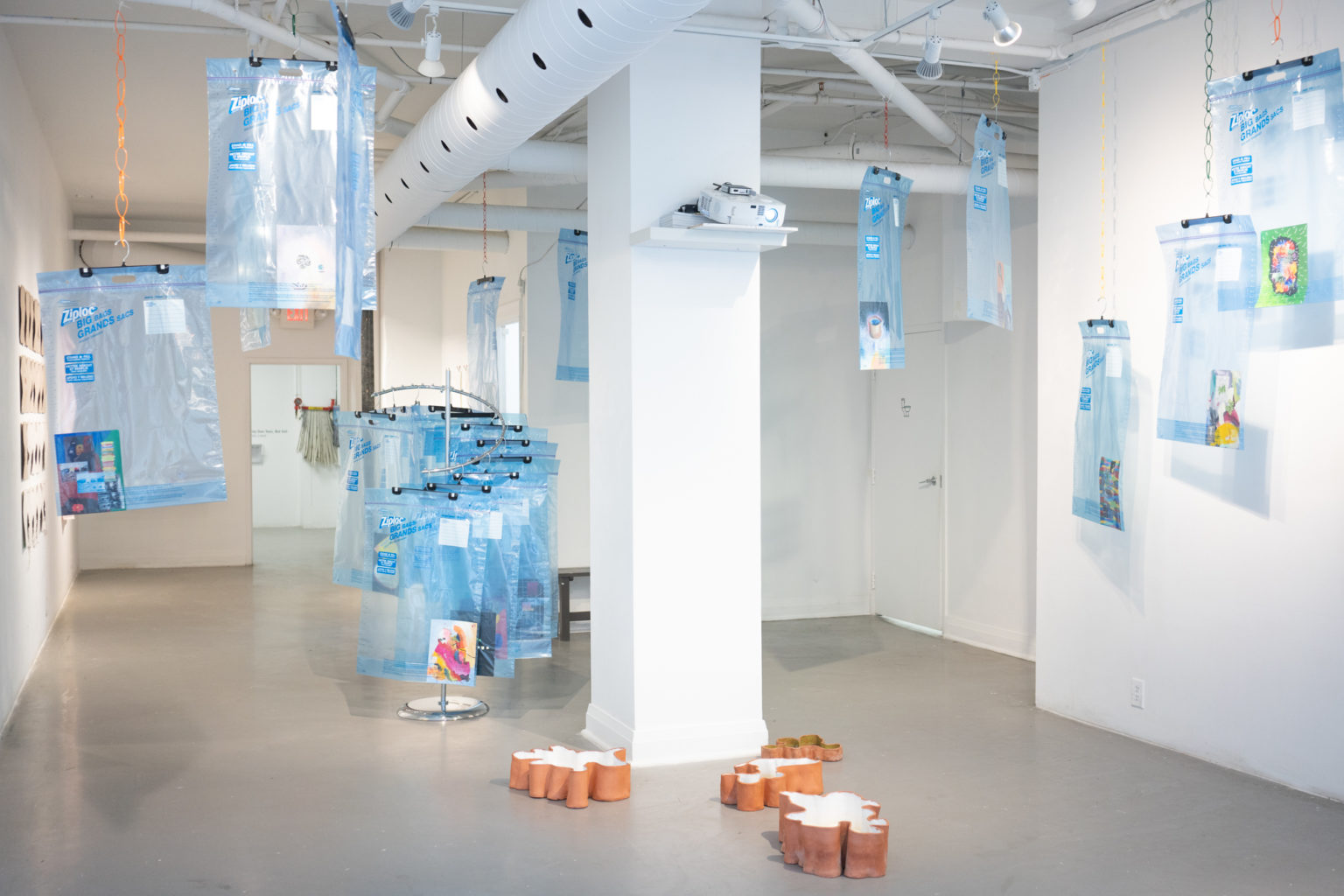
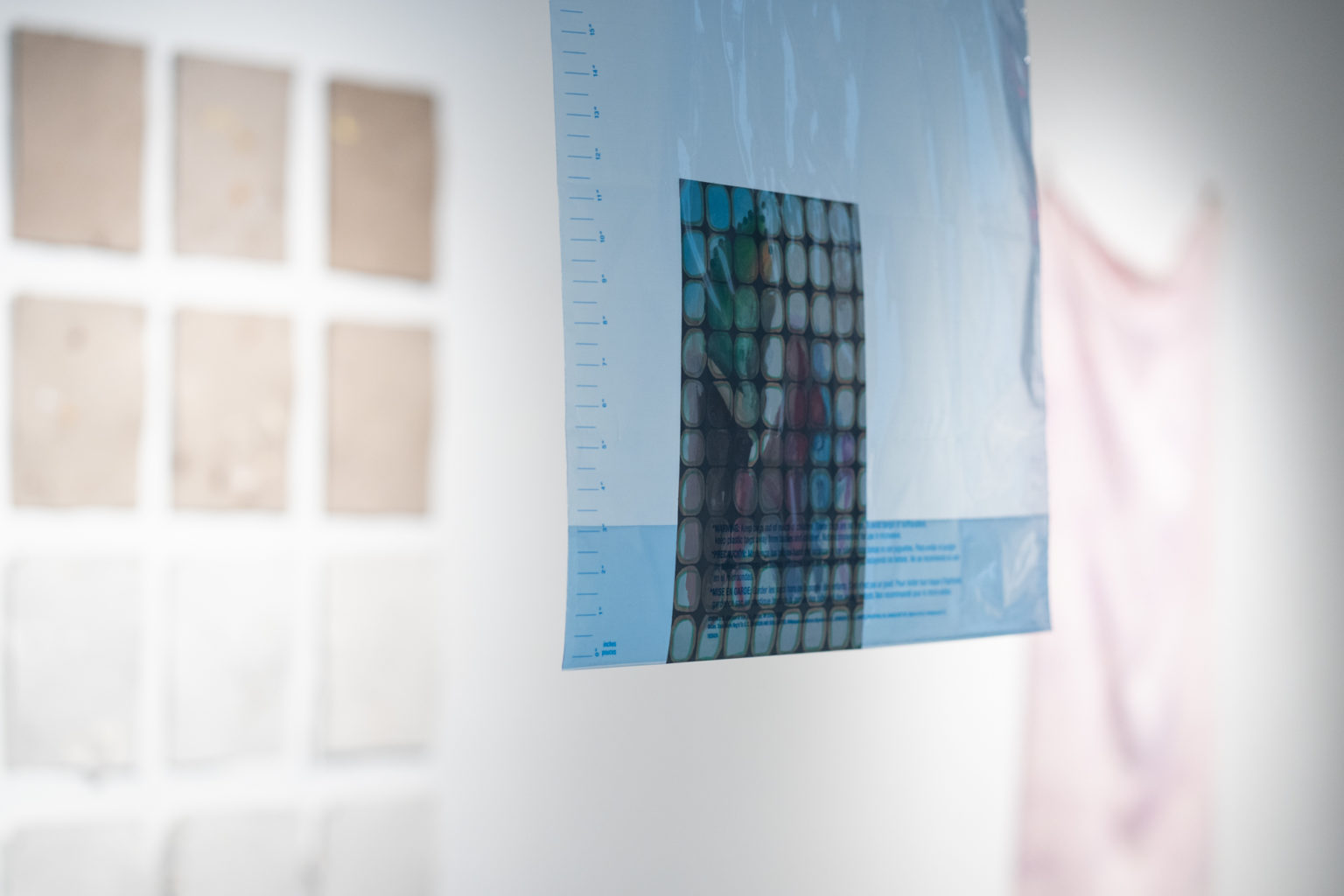
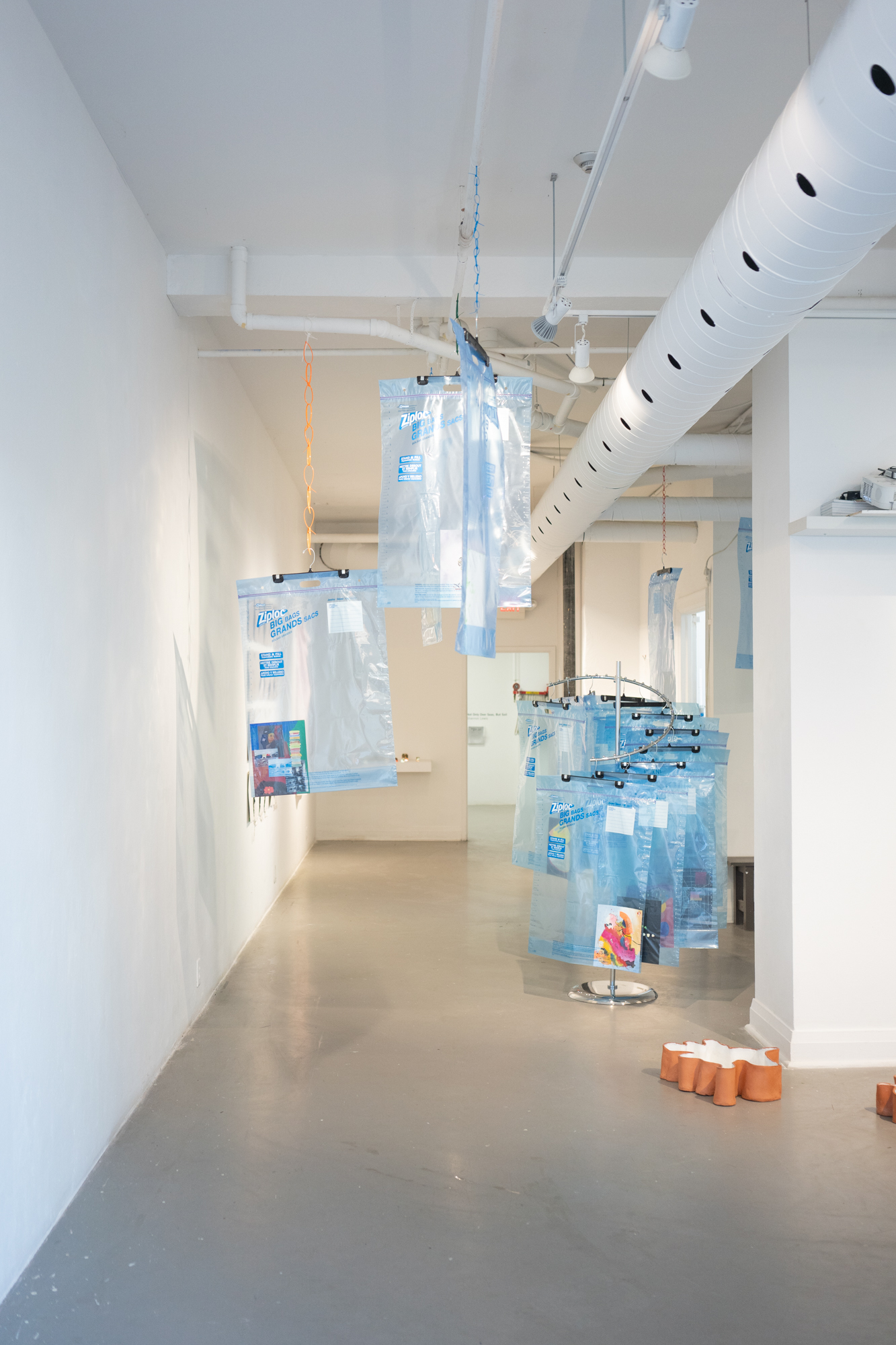

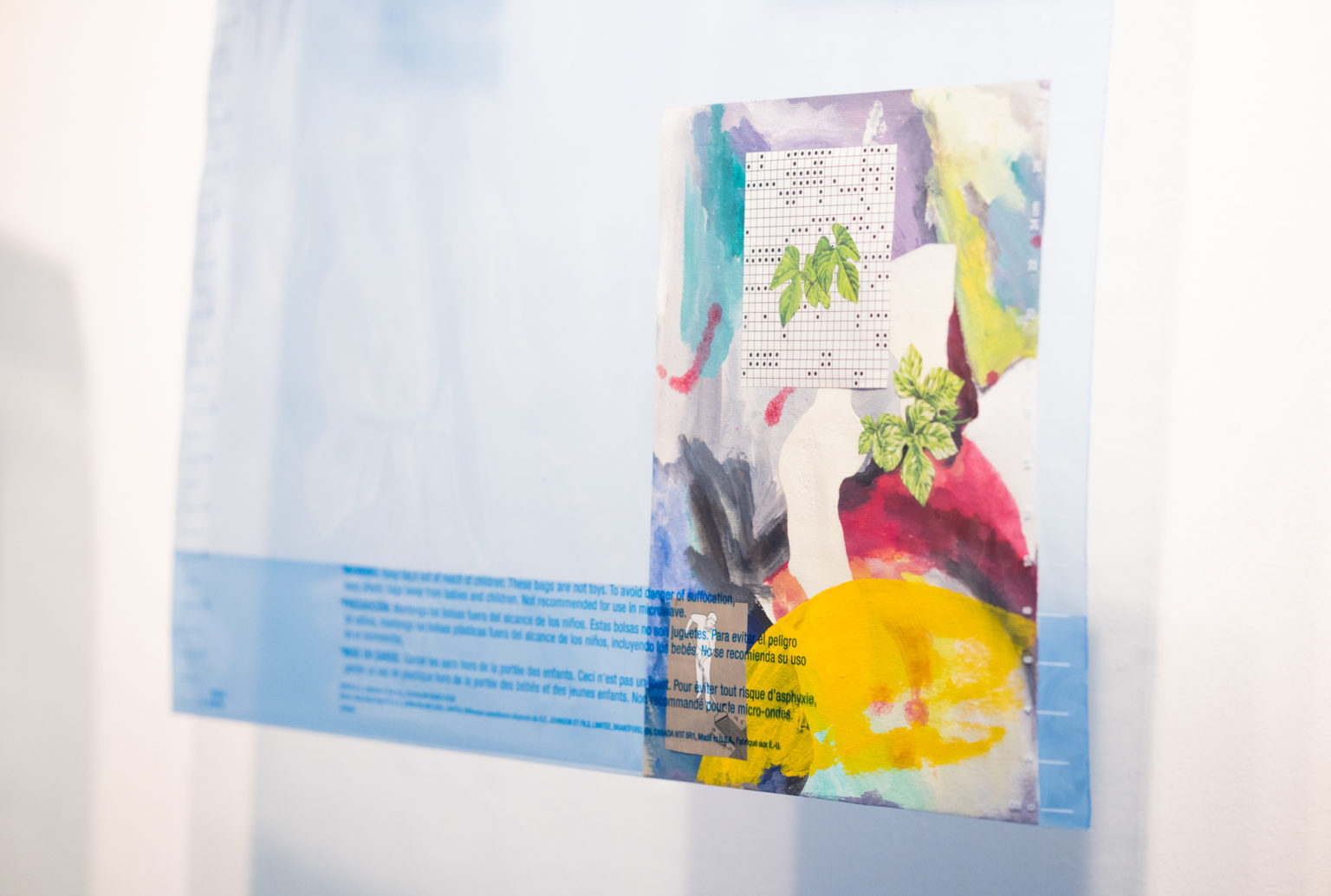
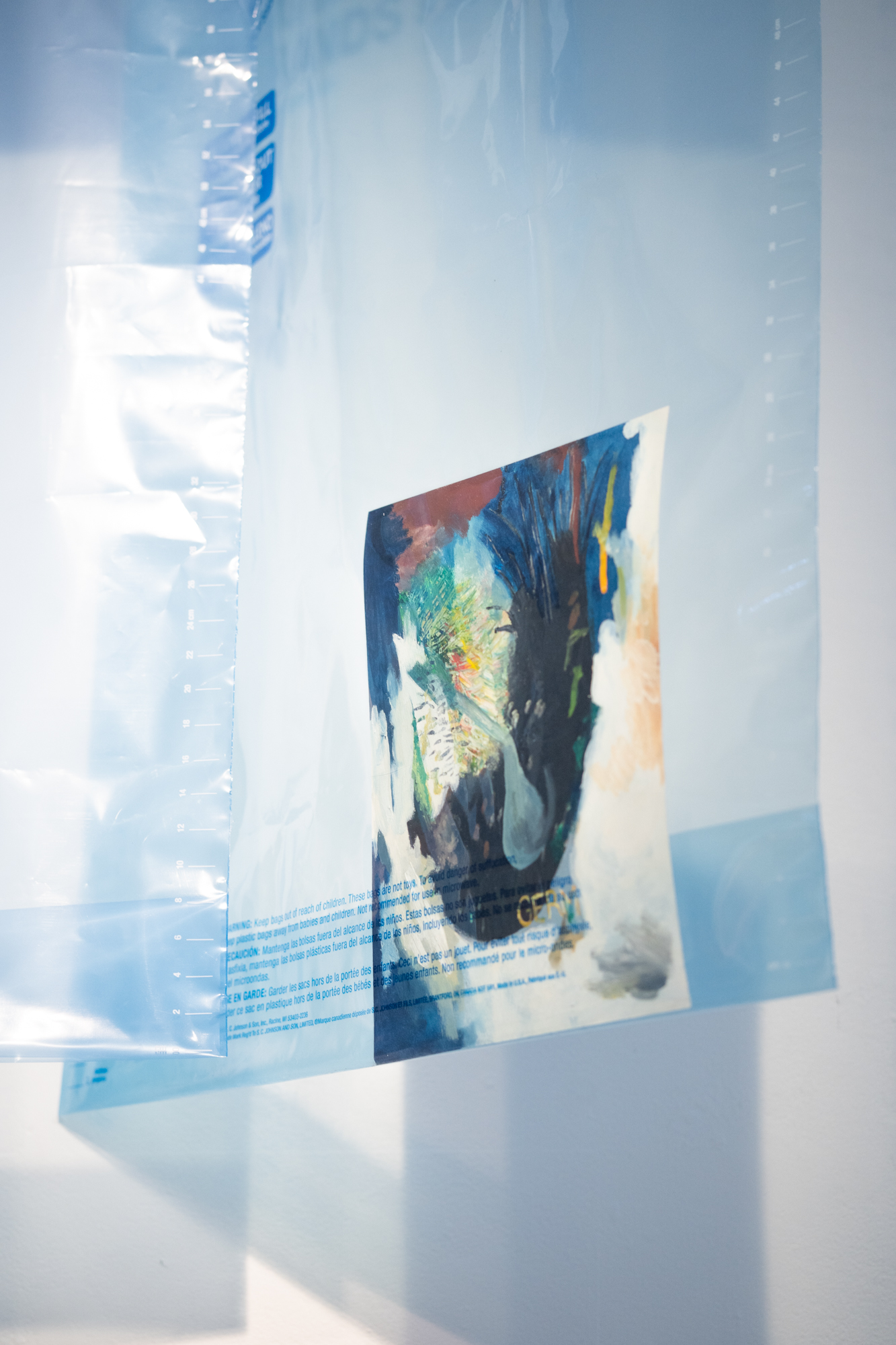
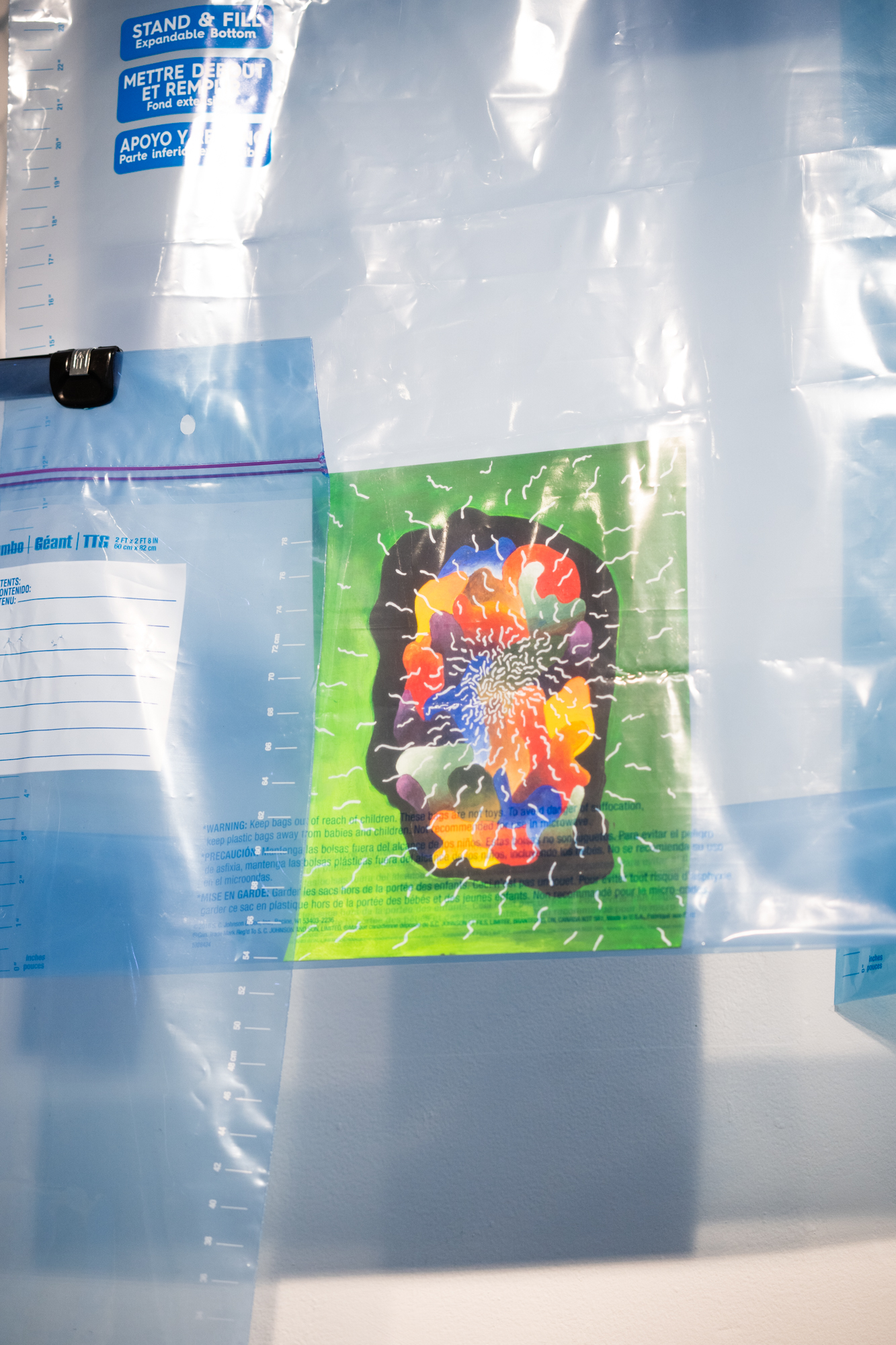
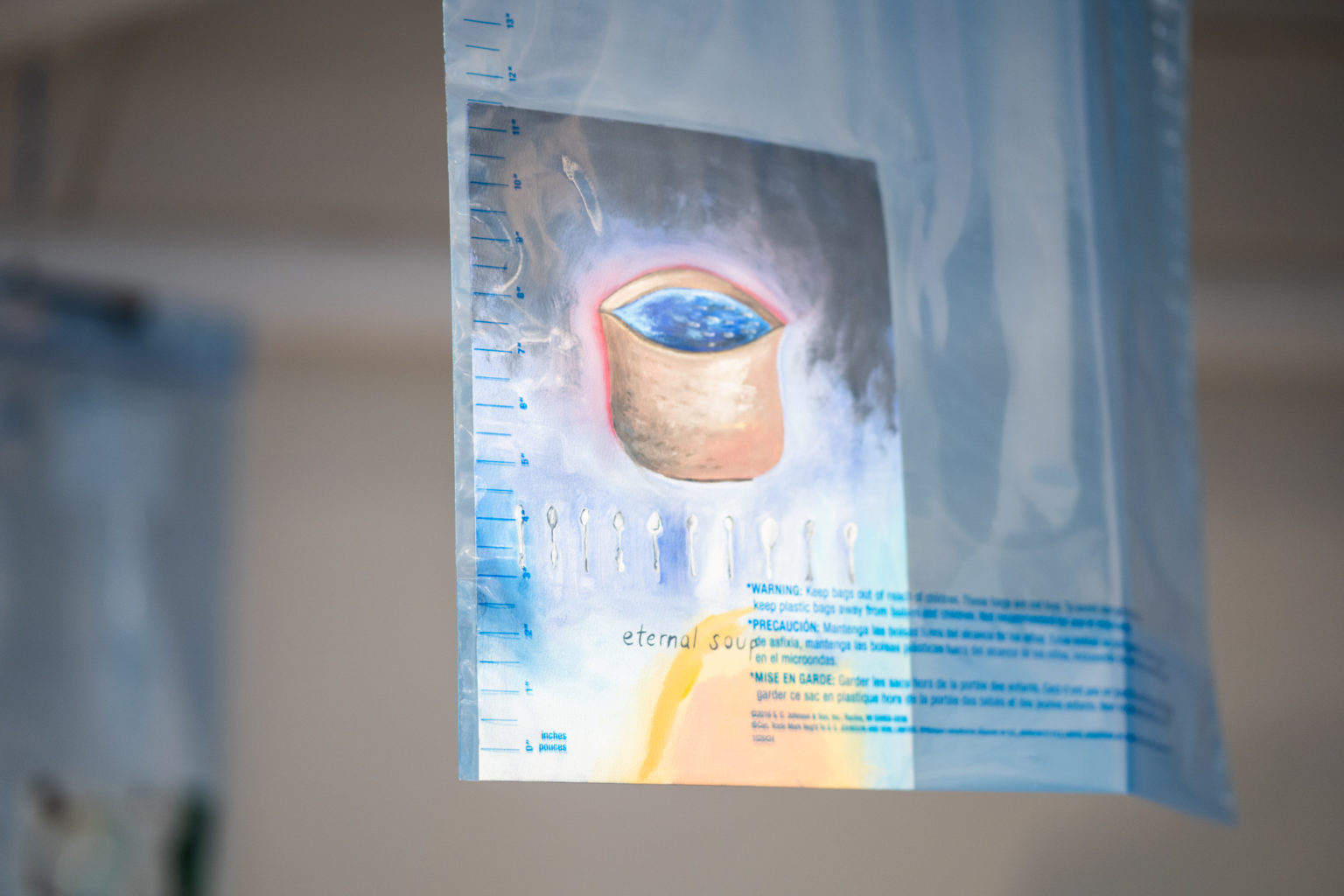
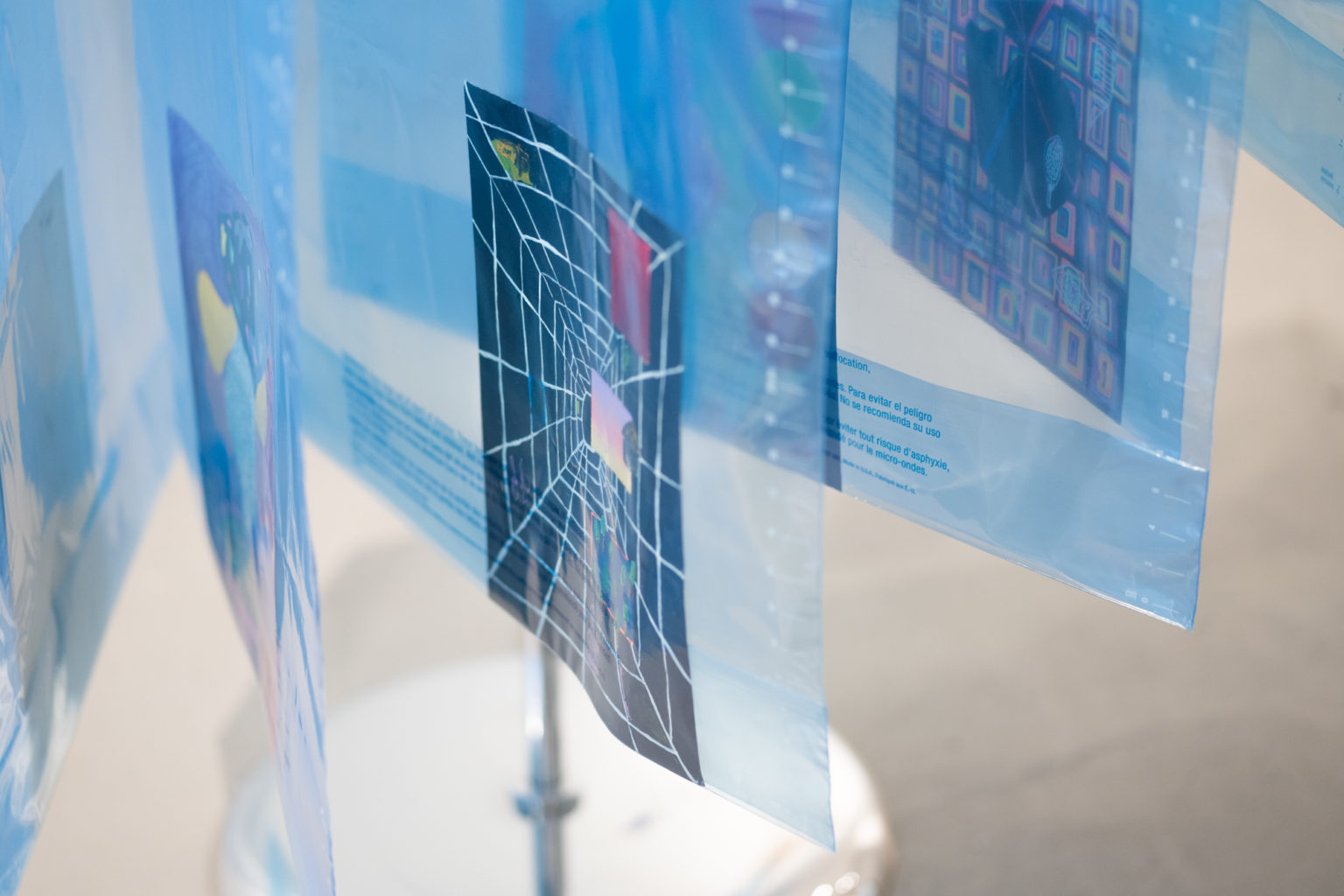

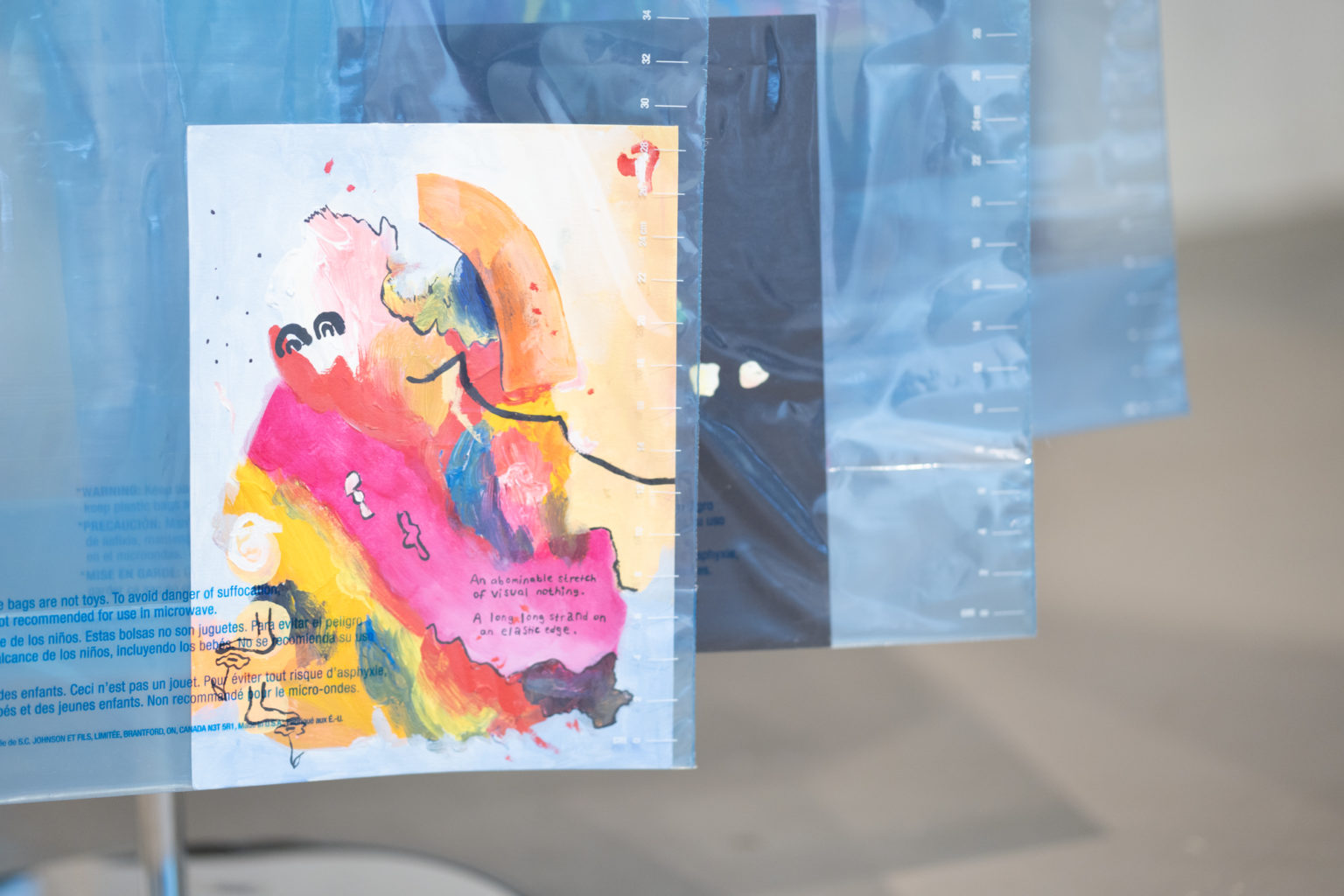
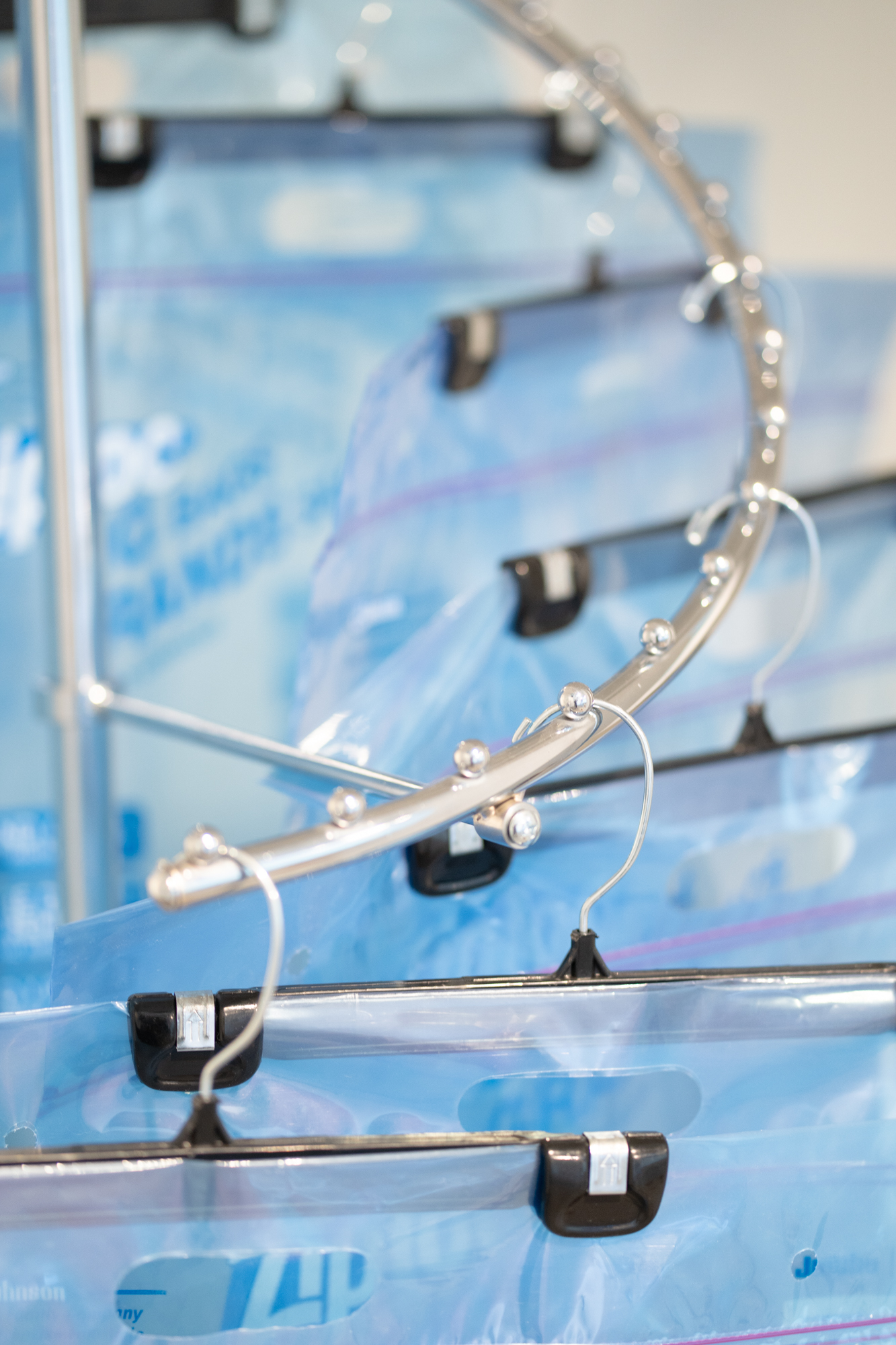
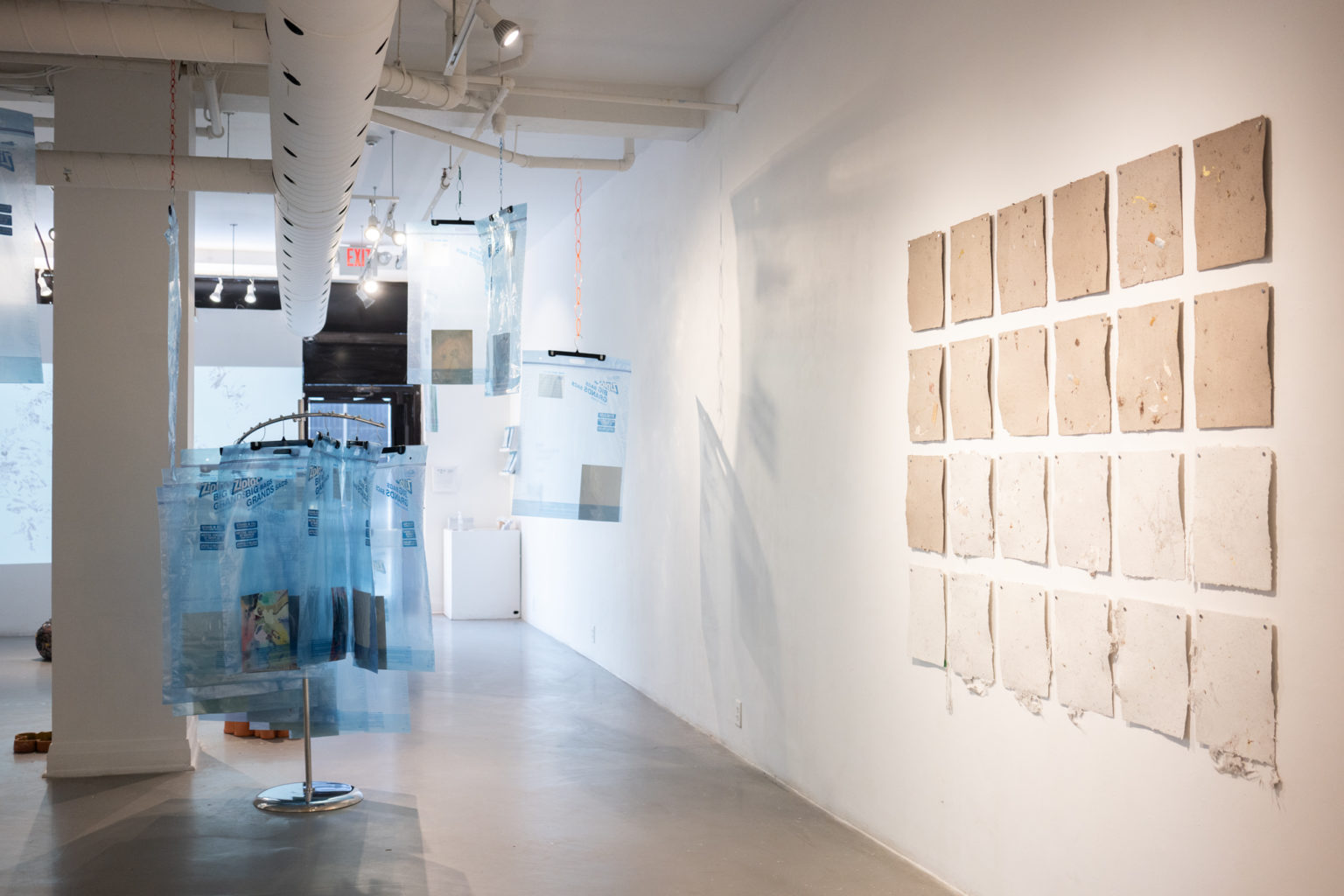
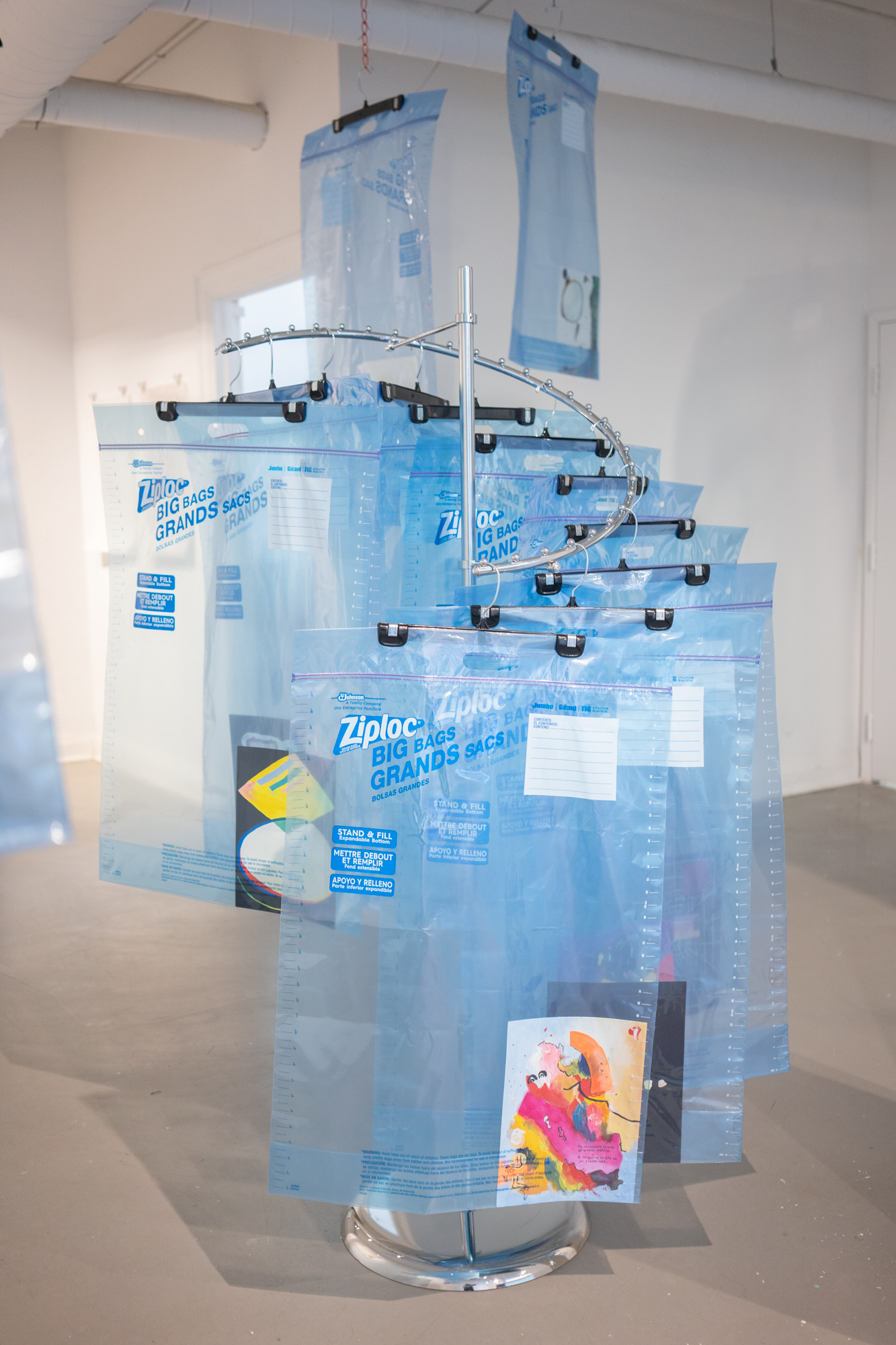
2020
bags are 2ft x 2.8ft
paintings are 9x11"
In 2021, this project was re-conceptualized with Maria Simmons for a 2-person exhibition tentatively titled, in/en/case/d
As humans, we have a difficult time putting into perspective the grand scale of things like pollution, waste, and collective histories. These monumental phenomena must be broken down, chewed on, and digested by smaller organisms in order to be truly seen and recognized. In in/en/case/d trash islands, oil painting and plastics explore a similar sense of impossible decomposition and a seemingly unending monumentalism in pursuit of the following questions: what does preservation look like in times of uncertainty? What will the new fossils look like and what might they say about this current moment? Does matter condensed and reorganized remain an ambassador of its former self or become a new hybrid being; an anachronistic relic that resists its own history?
Running through this exhibition is a desire to collect the small pieces that have crumbled off our societal monoliths, and through processes of “unnatural” conservation- that is, removing space, giving too much space, cramming or separating- transform their function by making them into souvenirs of the capitalocene. These small pieces become monuments in themselves, referencing Timothy Morton’s idea of the “hyperobject,” where a sense of “denialism and apocalyptic environmentalism” collide and splinter, allowing us to contemplate our own metastasizing of these determining forces.
In Not for Right Now But Keep Just in Case (BIG BAGS) Prousky is playing with reducing the history of painting into something that can be stored away like a sandwich, while elevating the Ziploc to something that frames a work of art. The BIG BAGS simultaneously do way too much and way too little as vessels for paintings, highlighting a discrepancy in scale that connotes a desperate but misguided attempt at holding on to objects for an ambiguous future use.
A similar collapsing of hierarchies in pursuit of preservation happens in Simmons’ The Urge to Suspend What Isn’t Kept wherein garbage is torn into small pieces and suspended in resin alongside plant matter and small treasures. In Excavation Growth Units silicone casts of the topography of soil from a church basement were relocated and left to allow crystals to reform within the soil. The crystals were then re-placed within the excavated soil. The act of disturbance seems to be a catalyst for growth and reproduction. Without the disruption, the salt crystals would remain stagnant and impotent.